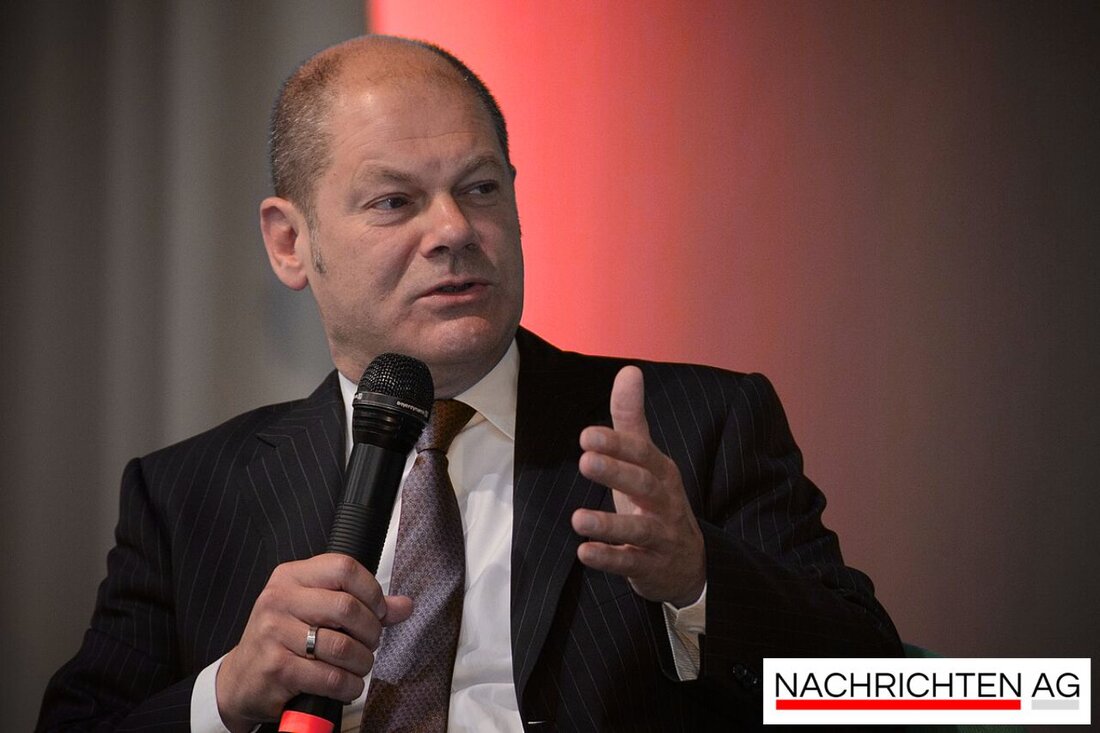Solar parks for biodiversity: green electricity combined with nature conservation!
Solar parks for biodiversity: green electricity combined with nature conservation!
Neuhausen, Spree-Neiße, Deutschland - More and more solar parks are being built in Lusatia, which increases the area pressure. This development has an impact on biodiversity in the region. Pascal Scholz from the Anhalt University of Applied Sciences talks about the challenges associated with the establishment of such systems. Areas are not only required for agriculture and energy generation, but also for the protection of biodiversity. There are often unfavorable conditions for many species among the solar modules, but there is potential in the gaps, says Scholz.
A special focus is on the Laubsdorf solar park in Neuhausen (Spree-Neiße), which has been part of a research project since 2021. The aim of the “Biodiv-Solar” project is to develop strategies to promote plants and insects in solar parks. The shading is minimized by large row distances between the solar modules, which is an important prerequisite for upgrading the areas for biodiversity. Retreat rooms for animal species are to be created here.
biodiversity photovoltaic as a solution approach
With the initiative for biodiversity photovoltaics (biodiv-PV), the focus is on the connection between power generation and the promotion of biodiversity. According to Fraunhofer ISE, technical adjustments are to be developed. The aim is to create habitats and to significantly improve the ecological conditions on the areas - a strong reaction to species death and climate change.
In order to meet the legal requirements associated with the solar package I, nature conservation measures become a mandatory. The operators of solar parks are therefore required to create suitable target types concepts that take into account the stand local conditions and the local biotope structures.
challenges of practical implementation
Despite the positive approaches, there are still challenges. Investments show that many solar parks that are self -greened often have no valuable grassland species. The loss of grassland in the landscape remains a long -term problem. Active care and the introduction of seeds are essential to further promote biodiversity in these rooms. This is also supported by the Federal Office for Nature Conservation, which suggests the creation of location-adapted biotope elements.
The following measures could contribute to improving biodiversity:- trees
- stone pile
- raw flooring
- flower strips
- pool
In order to secure the desired success in the long term, regular care of these biotopes is required. The research results of the project flow into the planning of new solar parks and are intended to help comprehensively use the biological potential of the areas and at the same time meet the requirements of the energy transition.
Overall, the Laubsdorf solar park represents a future -oriented example of how the challenges of the area pressure can be upgraded to the biodiversity in solar parks. The success of these measures could be crucial to ensure the long -term preservation of a health -promoting environment for current and future generations.
| Details | |
|---|---|
| Ort | Neuhausen, Spree-Neiße, Deutschland |
| Quellen | |


Kommentare (0)